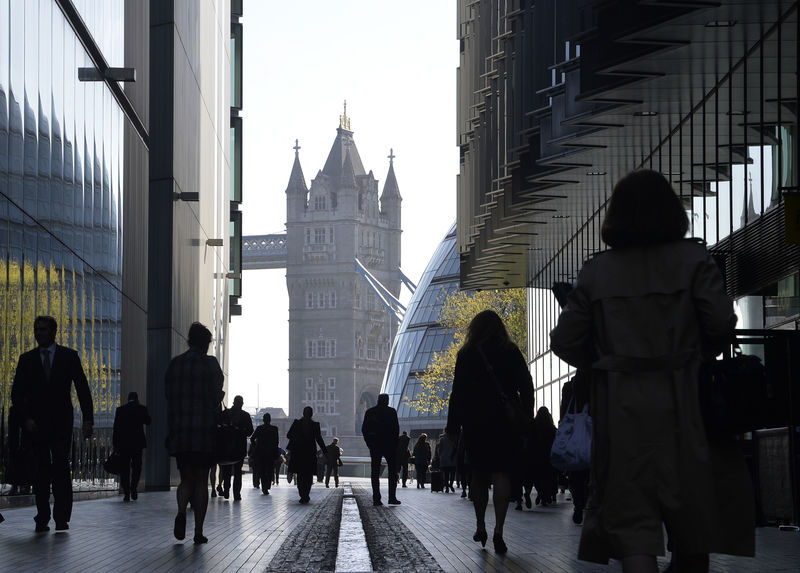Investing.com - UK economic growth slowed down dramatically in the third quarter, the first quarter in office for the new Labour government, with the sixth largest economy in the world contracting in September.
Data released earlier Thursday by the Office for National Statistics showed that the UK economy grew by 0.1% in July-September, a sharp slowdown on the 0.5% growth recorded in April-June, and the 0.7% in January-March.
The economy actually retreated in September, contracting by 0.1%, weakening from August’s meager 0.2% growth rate and providing the Bank of England with more impetus to continue easing monetary policy.
The BoE cut interest rates earlier this month by 25 basis points, marking a continuation of the recent trend toward easing borrowing costs after rates reached a 16-year high, though the pace remains cautious.
Warnings about a likely tough budget ahead by the incoming Labour government hit sentiment during the quarter, with UK business confidence dropping to its lowest level since the general election.
Additionally, Bank of England Governor Andrew Bailey said in his annual Mansion House speech to financial services leaders in London.on Thursday that Brexit - which took effect in early 2020 - had contributed to a weakening of Britain's trade flows and weighed on the potential productive capacity of its economy.
"As a public official I take no position on Brexit per se. That's important. But I do have to point out consequences," Bailey said.
Looking ahead, “we expect Q4-24 GDP growth to pick up by 0.4% q-o-q, taking the annual growth rate for 2024 to 1%,” said analysts at Deutsche Bank (ETR:DBKGn) in a note released before the UK growth data was published.
“Risks are skewed lower on both fronts. Beyond 2024, Budget uncertainty as a result of tax rises – particularly the employer National Insurance Contributions alongside geopolitical risks emanating from a potential escalation in trade war raise downside risks to growth next year and thereafter. For now, we see GDP growth next year touching 1.5%, before expanding by 1.6% the year after.”
